Most applications involve a shaft with a given outside diameter and another part such as a bearing, gear, steering knuckle or washer which has a bore hole. There are several forms of this type of joint, characterized by the amount of tolerance (space) between the two parts. The shrink fitting process is used for the interference fit type joint.
By heating the mass around the bore hole uniformly, it is possible to significantly expand the size of the hole. The shaft is then easily inserted into the expanded hole. Upon cooling, the mass around the hole shrinks back to its original size and frictional forces create a highly effective joint.
Modern induction heating systems provide the speed, accuracy and repeatability necessary to produce quality shrink-fitted joints. With a properly designed work coil, induction heating can uniformly heat the bore hole, producing repeatable expansion. With the remote heat station capability of solid state induction heating power supplies, shrink fitting can be done on the production line.
Induction systems typically used for metal to shrink fitting range from 1 to 20kW, depending on the parts and application requirements.
Metal parts: metal housing material (bearing, gear, etc.) with a tight tolerance opening; insert for housing (tight tolerances on the outer diameter are also important)
Alignment fixture (optional)
Power Supply & Induction Coil: Fast, precise heating works best.
Problem:
If the inner and outer diameters of the bearing or gear are not held at tight tolerances, the shrink fit will not be possible.
There can be no burs on the joining surfaces.
If the two metal parts are not properly aligned, the shaft will not slide into the correct position.
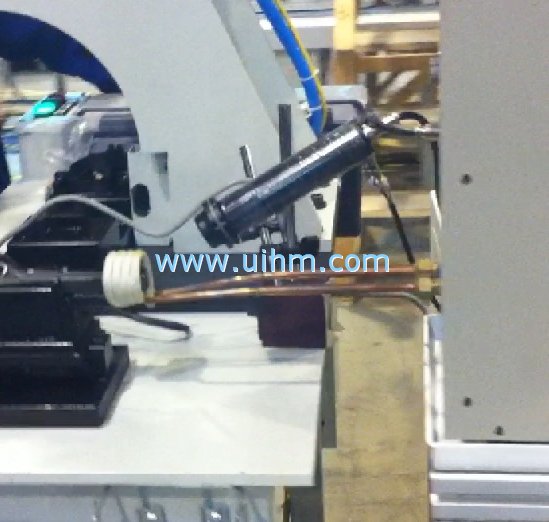
induction shrink fit for cylinder rod
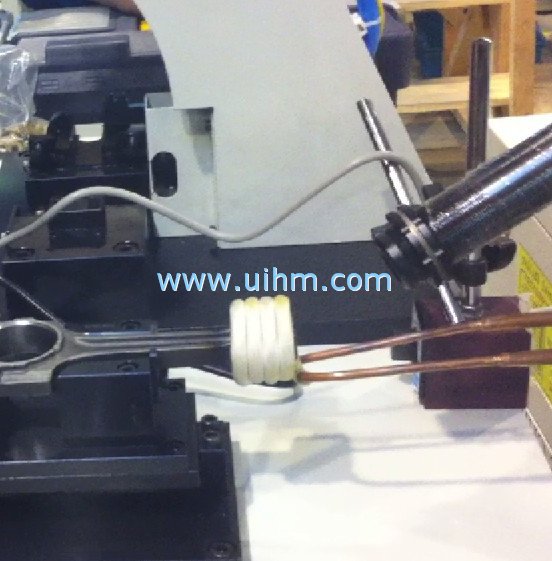
induction shrink fit for Automotive cylinder rod
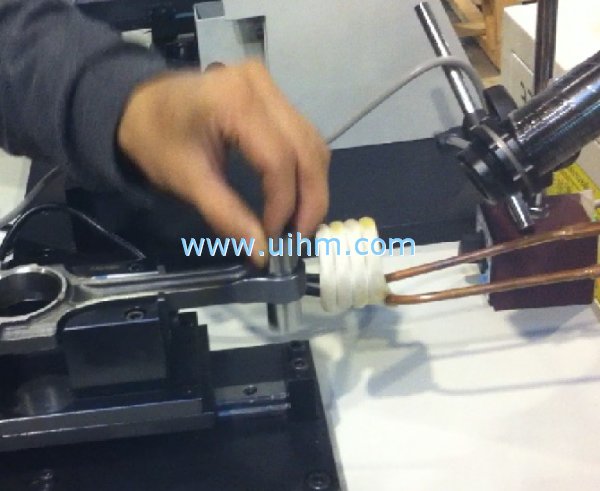
induction shrink fit for Automotive rod
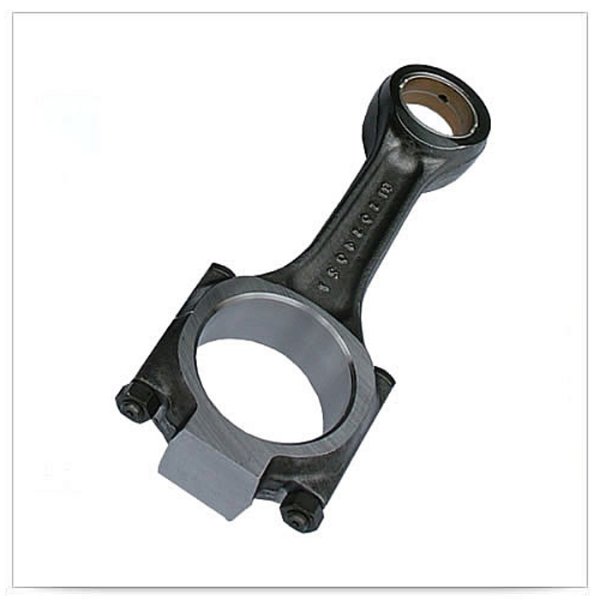
automotive rod

video of induction shrink fitting for Automotive cylinder rod
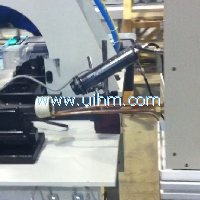
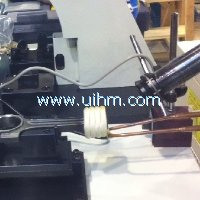
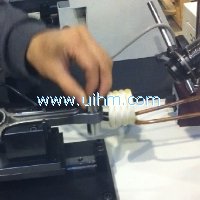
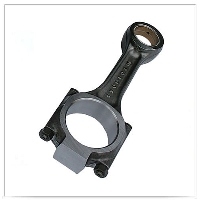
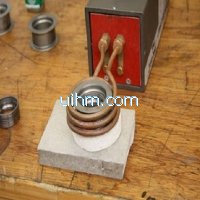
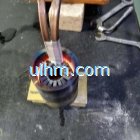
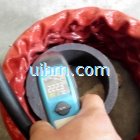
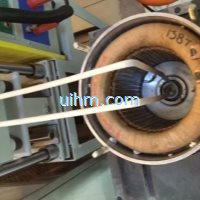
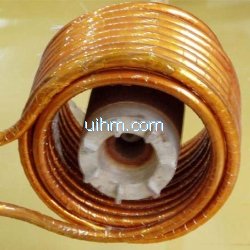
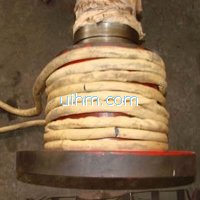

Newest Comment
No Comment
Post Comment